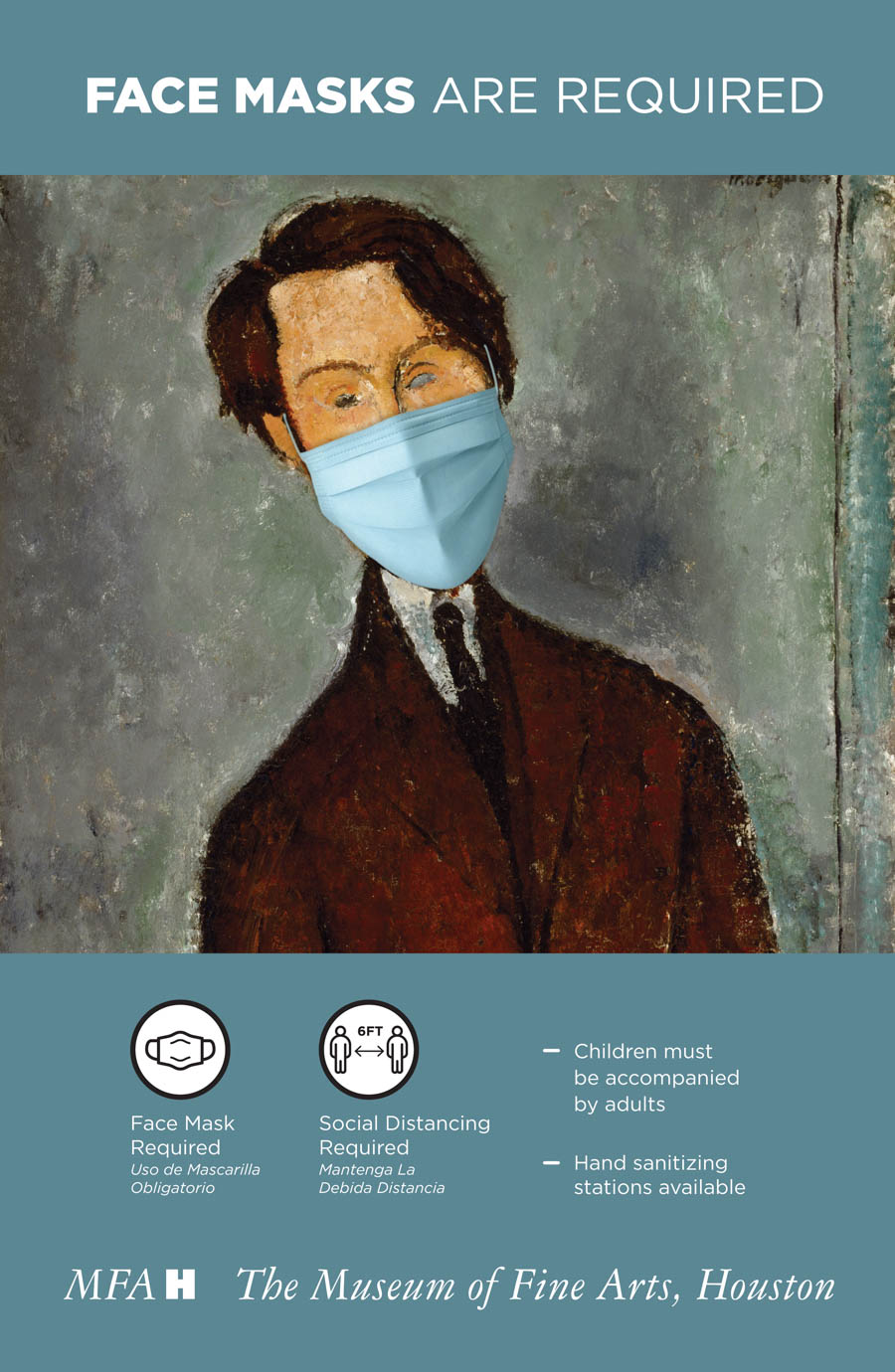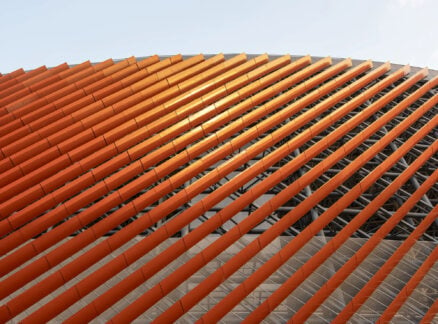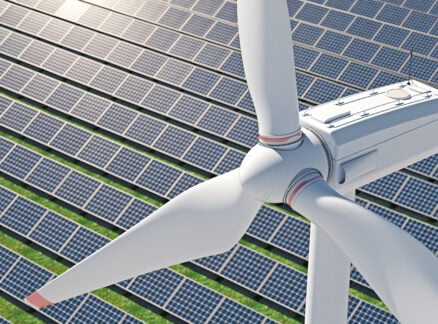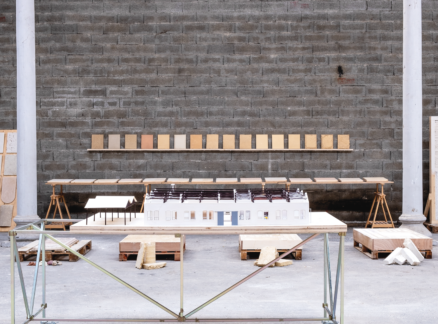
July 24, 2020
As Art Museums Reopen, They Are Experimenting With Social Distancing Techniques
Temperature checks, masks, and traffic lights are just some of the ways arts spaces are keeping visitors distant and healthy.

As businesses and institutions thrust toward a return to “normal” in areas where the pandemic is fading (or, rather concerningly, not), museums have functioned as a litmus test of local confidence in resuming daily life. South Korea, for example, enthusiastically restored national museums in May only to close them again weeks later as it detected a new ripple of cases. Designed for lingering and eminently nonessential, art museums reflect many of the challenges associated with spaces of leisure. Maintaining social distancing is certainly simpler in the cases of open-air galleries or sculpture gardens: LACMA, Art Omi, Glenstone, and the Whitney all displayed publicly viewable works through the pandemic, and the Tel Aviv Museum of Art projected videos onto the city’s blank-slate Bauhaus facades. But now, as some big-banner arts spaces reopen, they are deploying strategies and technologies to help keep visitors distant and healthy.

At the end of May, the Museum of Fine Arts, Houston, was the first major American art institution to reopen, and its hygiene mandates are forming a road map or minimum standard for facilities going forward: Face masks are required, visitors are subject to temperature checks, secondary spaces (like cafés) remain closed, and high-touch surfaces are obsessively sanitized. But the crisis has also afforded opportunities for some novel if precious technological interventions. Magazzino Italian Art in New York State’s Hudson Valley is proactively distributing wearable tags that vibrate and flash when visitors come too close together.

Indeed, during a recent webinar hosted by Henderson Engineers, Daniel Ordower, general manager of consultancy Theatre Projects, emphasized the efficacy of “short-term changes that are quick, inexpensive, and reversible.” Even simple adaptations like signage and wayfinding—such as downloadable systems architecture firm BNIM is designing—could help reduce anxiety and tension. Separately, Rosenborg Castle in Copenhagen has installed traffic lights that indicate when it’s safe for visitors to proceed through its labyrinthine sequence of 17thcentury rooms. “It has its limitations in terms of regulating the visit without diminishing the experience, and [it] has therefore been necessary to rethink the flow using modern technology,” says museum director Thomas C. Thulstrup. “Safety first!”
You may also enjoy “A New Book Highlights Tom Kundig’s Nature-Driven Process Through Recent Projects.”
Register here for Metropolis Webinars
Connect with experts and design leaders on the most important conversations of the day.
Recent Viewpoints
Viewpoints
Sustainability News Updates for Q2 2025





